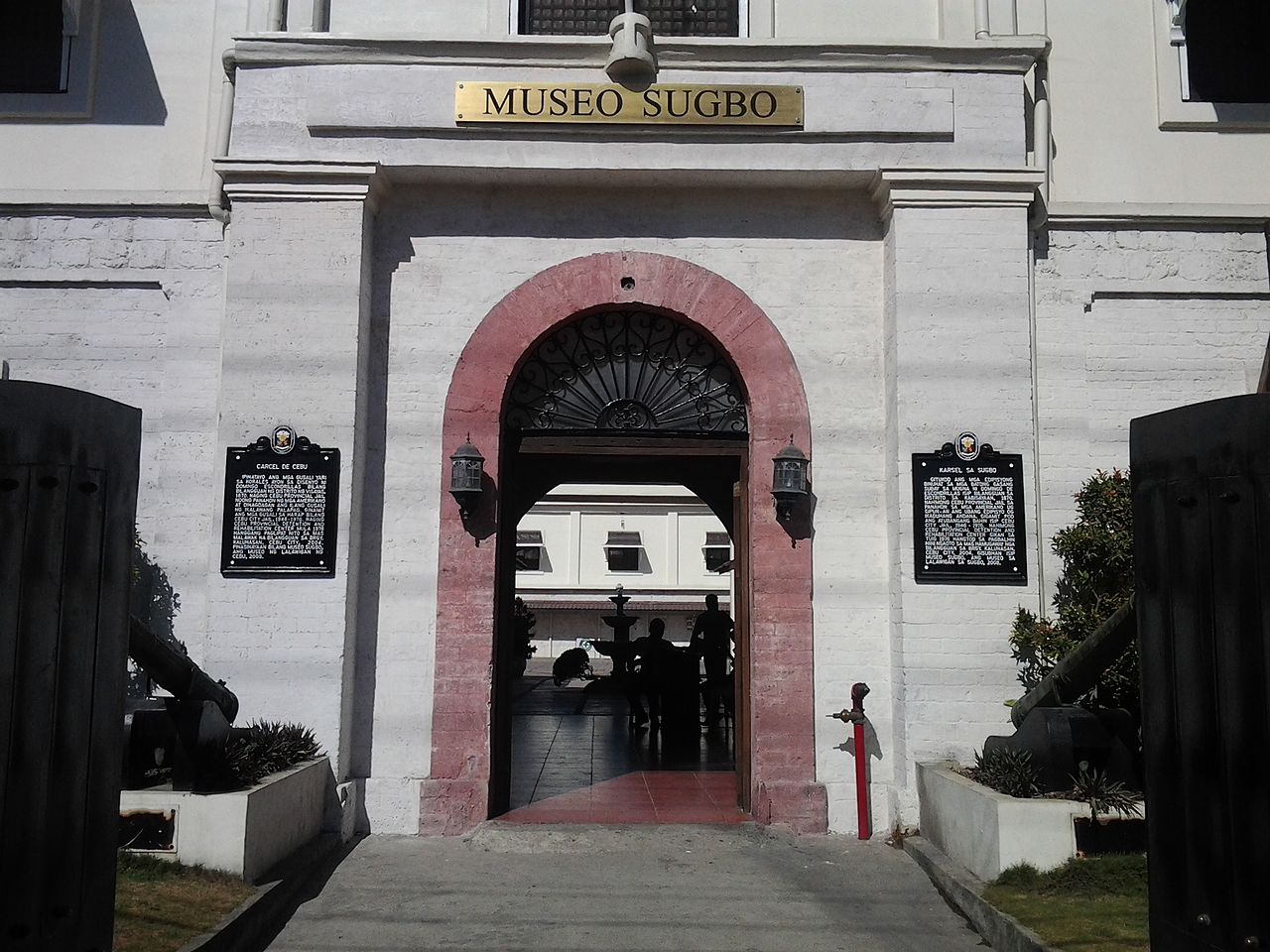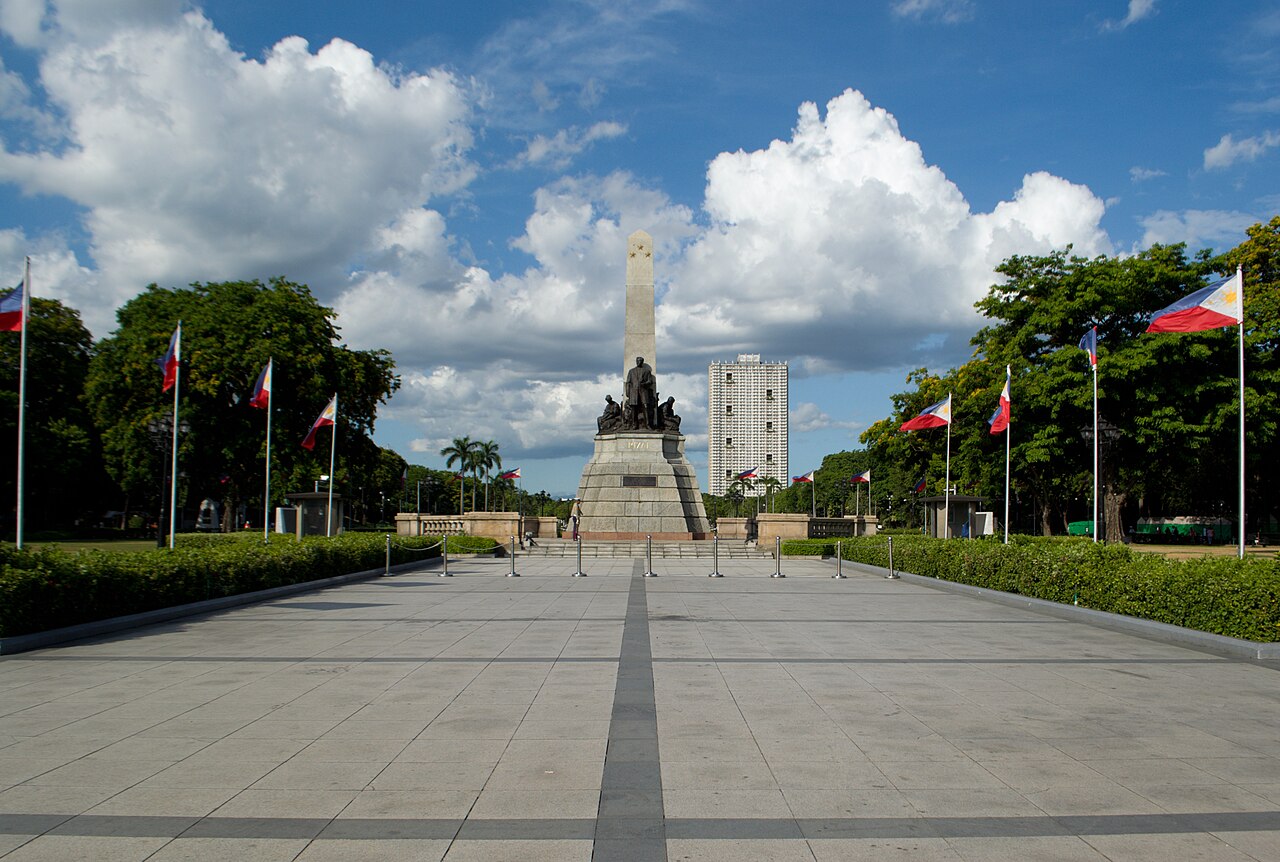Every May, the Philippines comes alive with colors, stories, and traditions as we celebrate National Heritage Month—a time to reflect on the richness of our culture and history and reconnect with the roots that shape who we are today.
Proclaimed in 2003, National Heritage Month reminds us that heritage goes beyond monuments—in our songs, food, dances, and languages. It’s about honoring the past and preserving it for future generations.
As national hero Dr. José Rizal once said,
“Ang hindi marunong lumingon sa pinanggalingan ay hindi makararating sa paroroonan.”
(“He who does not know how to look back at where he came from will never get to his destination.”)
The Importance of National Heritage Month
Filipino heritage is vibrant, diverse, and deeply intertwined with national identity. National Heritage Month is not just about looking back—it’s also about empowering communities through shared stories, local traditions, and cultural pride. From the Ifugao rice terraces to the centuries-old churches in Iloilo, every province holds a piece of our collective legacy.
Places to Visit this May
If you’re looking to celebrate National Heritage Month in a more immersive way, here are some must-visit spots across the country that will take you on a journey through time:
Museums to Explore
Whether you’re a history buff, an art lover, or simply curious, museums offer an inspiring glimpse into our past:
- National Museum Complex (Manila)
A must-visit collection of art, anthropology, and natural history across multiple buildings.
- Ayala Museum (Makati)
Home to beautiful Filipino gold collections, textile exhibits, and interactive digital experiences. - Museo Sugbo (Cebu City)
Formerly a provincial jail, now a museum detailing Cebu’s role in Philippine history.
- Museo Dabawenyo (Davao City)
Learn about Mindanao’s multicultural identity, featuring indigenous Lumad and Moro exhibits. - Balay Negrense (Silay, Negros Occidental)
Step into the lifestyle of a sugar baron in this well-preserved ancestral home. - Museo Kordilyera (UP Baguio)
Dedicated to the indigenous heritage and knowledge systems of the Cordilleras.
Heritage Parks & Eco-Spaces
Connect with culture and nature in these beautifully preserved public spaces:
- Rizal Park (Luneta, Manila)
The historical heart of Manila has monuments, gardens, and open-air cultural activities. - Quezon Memorial Circle (Quezon City)
Features a heritage house, presidential memorabilia, and lush green spaces. - Burnham Park (Baguio)
Designed by American architect Daniel Burnham, it’s one of the oldest public parks in the country. - People’s Park (Davao City)
A cultural park showcasing Mindanaoan art, tribal motifs, and lush landscaping. - Kapitolyo Grounds & Capitol Park and Lagoon (Bacolod)
A Negrense heritage space filled with sculptures and colonial architecture. - Jose Abad Santos Park (San Fernando, Pampanga)
A serene space with historical markers commemorating a national hero.
Must-Visit Heritage Towns and Landmarks
Walk through centuries of Filipino stories in these iconic heritage spots:
LUZON
- Vigan City (Ilocos Sur)
A UNESCO World Heritage Site with cobblestone streets, ancestral homes, and traditional pottery.
- Intramuros (Manila)
Fortified walls, colonial-era churches, and restored mansions—an essential stop for history lovers. - Paoay Church (Ilocos Norte)
A UNESCO-recognized Baroque church with massive buttresses and a unique Filipino-Spanish design.
VISAYAS
- Miag-ao Church (Iloilo)
A UNESCO site with symbolic carvings mixing Christian and native elements. - The Ruins (Talisay, Negros Occidental)
A skeletal mansion known as the “Taj Mahal of Negros” built out of love and resilience.
- Samar Archaeological Sites (Basey, Samar)
Explore caves, stone artifacts, and the iconic Banig weaving traditions.
MINDANAO
- Marawi Torogan Houses (Lanao del Sur)
Traditional royal homes of the Maranao sultanates are rich in okir wood carvings. - Zamboanga City (Fort Pilar and Yakan Village)
A mix of Spanish forts, Muslim traditions, and vibrant indigenous crafts. - Mt. Apo Natural Park (Davao)
The highest mountain in the Philippines is an ecological and cultural landmark sacred to indigenous groups.
Celebrate in Your Way
Celebrate from home by watching cultural shows, sharing family stories, joining virtual tours, or supporting local artisans. Even small acts help keep our heritage alive.
Heritage is not just in the past—it’s in every story we tell, every meal we share, and every step we take forward. Let National Heritage Month be your invitation to explore the soul of the Filipino people, rooted in the past, alive in the present, and ready for the future.












